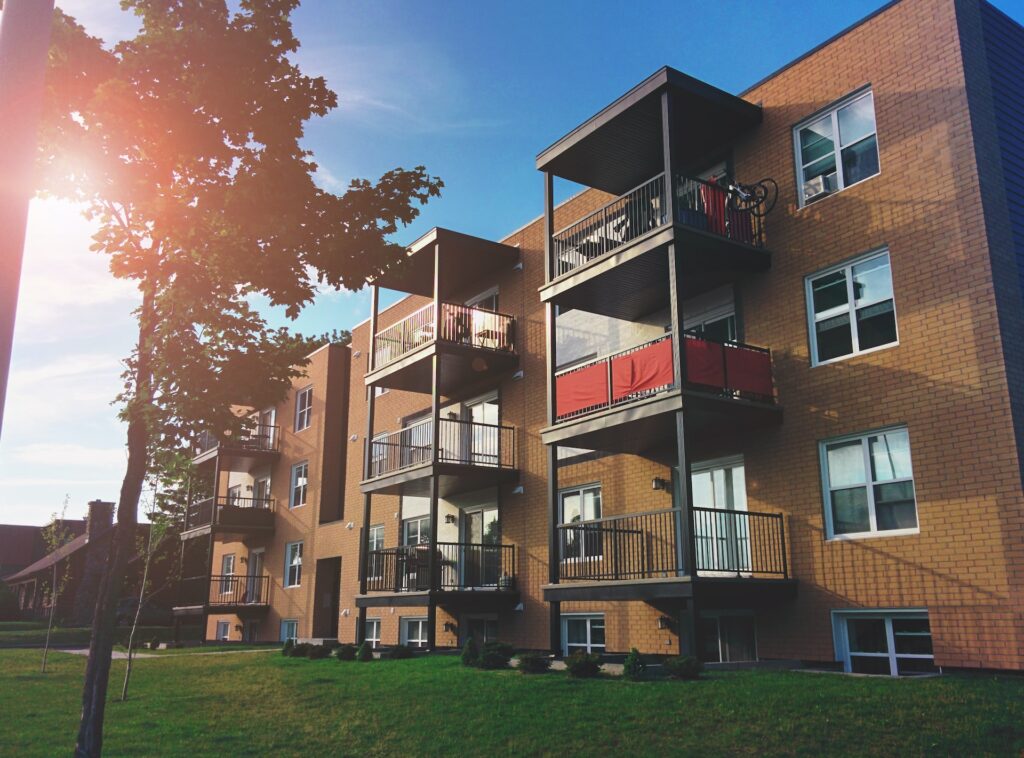
Build-to-Rent: The Next Big Investment in Rental Housing
For well over a decade, the percentage of people who are renting homes in the U.S. has increased. After the financial crisis in 2007, many people started to look towards renting as a solution to their financial issues that accumulated because of student loan debt and similar problems.
While the housing market has improved considerably since that time, a large portion of millennials still feel as though they aren’t in a situation where their financials are strong enough to afford homeownership. Because of the increasing need for rental units, the real estate market has begun to favor build-to-rent homes, which are complexes of homes that are designed specifically to be used by long-term renters.
As build-to-rent homes are becoming more popular, investors and real estate developers are starting to build more communities of properties that are ready to rent. Whether you want to build one of these homes as an investor or would like to construct an entire community of build-to-rent homes as a developer, the following guide takes a closer look at how to do so.

What is Build-to-Rent, BFR and B2R?
Build-to-rent, B2R, and BFR are three terms that mean the same thing. These terms are meant to describe detached units that have been built for the specific purpose of existing as a long-term rental. These properties are usually maintained by sizable companies but can be invested in by individual investors who would like to earn passive income.
What Counts as a Build-To-Rent Home?
Build-to-rent homes can have come in many different shapes and sizes. While many of these properties are designed to appear like traditional single-family homes, they can also be constructed as:
- Duplexes – These properties consist of two units that are attached directly to each other.
- Horizontal apartments – This term refers to a very tight cluster of hundreds of single-family residences that are professionally managed.
- Small lot homes – A small lot home is an individual home that’s built close to another small lot home. Standard lots are around 5,000 square feet in size. In comparison, it’s possible for small lots to be around 600 square feet.
- Row homes – These homes are constructed side-by-side and share a common wall.

How Many Properties are Build-to-Rent?
Recent data indicates that the percentage of properties that are classified as build-to-rent properties amounts to only 5% of all properties. However, this percentage is increasing as of late. Between September 2019 and September 2020, around 50,000 build-to-rent homes were developed, which is far higher than the average of 31,000 per year.
Should You Invest in a Build-to-Rent Property?
Your decision to rent or buy a home largely depends on your current situation and the state of your financials. Regardless, there are pros and cons to both options that you’ll want to take into account before you make a final decision. Even though renting a build-to-rent home can be a more affordable option, there are a few drawbacks you should be aware of.
The Pros of Living in Build-to-Rent Properties
There are numerous benefits that come with living in a build-to-rent property, the primary of which include:
- High quality of life – The majority of build-to-rent homes are outfitted with luxurious amenities that include everything from swimming pools to spacious fitness centers.
- Lack of maintenance requirements – Many of the comforts and benefits of homeownership are provided without the frustrations of needing to perform regular maintenance and repairs.
- Access to a broader community – Build-to-rent communities tend to be more neighborly when compared to apartment complexes.

The Cons of Living in Build-to-Rent Properties
While there are many benefits of living in a build-to-rent property, there are also a few downsides, which extend to:
- Costs compared to renting a basic apartment – Anyone who decides to rent a build-to-rent property will likely have a higher payment than someone who lives in a standard apartment.
- Costs compared to owning a home – When someone purchases a home, their mortgage payments go towards paying off a loan, which means that the owner builds up equity in the property. Over time, the owner will have a valuable asset that can be kept or sold at a later date. There are also some loans that come with lower down payment requirements, which include FHA and VA loans.
- Relatively small size – Most build-to-rent homes are smaller than standard single-family homes regardless of the style they’re built in.
- Not being able to remodel – Owning a home is great for anyone who enjoys making regular updates and enhancements to their property. Whether you want to install new floors or repaint bedroom walls, having ownership of a home allows you to perform these remodels without issue. In comparison, renting a build-to-rent property means that you don’t have ownership, which is why remodeling isn’t possible.
- A lack of personalization options – Build-to-rent homes oftentimes have less personality and charm when compared to traditional single-family homes.

Should You Build a Home to Rent Out?
The recent increase in the popularity of the real estate market means that buying rental properties is considerably more difficult than it was before the Federal Reserve lowered interest rates in 2020. Now that demand and prices are high, obtaining a decent return on investment is more challenging. For anyone who wants to purchase a rental property, opting for the build-to-rent option may be the best solution. Keep in mind, however, that there are pros and cons to this option, which are detailed below.
Permitting Your Build-to-Rent Properties
The complexity of the permitting process for build-to-rent properties largely depends on how many of these properties are being developed. If you’re only thinking of developing or investing in a single build-to-rent property, obtaining the necessary building permit shouldn’t be too difficult as long as you have a permit expediter by your side.
However, the entire permitting process becomes more complicated if you want to construct an entire complex of build-to-rent properties. When applying for a building permit with the Los Angeles Department of Building and Safety, you may need to apply for a regular plan check or parallel design permit, both of which can take weeks or months to be approved. Keep in mind that a permit expediter can help you streamline this entire process and deftly navigate any hurdles that arise.

The Pros of Building Properties to Rent
If you’re thinking of constructing a build-to-rent property, the benefits of doing so include:
- You could ask for higher rents – Rent payments for a single-family property have recently increased at a rate of 4.5% on an annual basis. In comparison, multifamily rent payments have only increased by around 3% annually.
- Turnover among tenants should be lower – Traditional apartments tend to be more appealing to individuals who want to rent on a temporary basis. Build-to-rent properties are designed more for people who would like to live there on a long-term basis, which reduces the need to search for entirely new tenants.
- This investment type isn’t as competitive – This form of investment is relatively new, which means that there isn’t as much competition. When there aren’t a large number of properties to purchase, constructing your own property allows you to become a real estate investor without needing to engage in bidding wars.
- Construction site flexibility – Finding somewhere to construct a build-to-rent home is likely considerably easier than finding an existing home that’s up for sale at a reasonable price.
The Cons of Building Properties to Rent
There are also a couple of problems associated with build-to-rent properties, which include:
- It may be difficult to outspend large-scale investment companies – Most build-to-rent properties are constructed by large-scale companies since building at scale allows these companies to save money. Individual investors are unable to build at scale.
- Obtaining a great ROI can be challenging – Purchasing a distressed home can take a long time during a competitive market. Obtaining a distressed property is the simplest way to gain a high ROI on the property you’re purchasing.
Can You Invest in Build-to-Rent Properties Without Building One?
If you’re unsure of how to navigate the two drawbacks listed above as a real estate investor, another option you could consider involves investing in residential real estate investment trusts (REITs). These trusts focus on acquiring single-family homes or apartments that can then be rented out.
Residential REITs are looking into build-to-rent properties at a higher rate. Keep in mind that an investment trust is a group of investors. These investors pool their money together into a single trust, which can then be used to purchase investment properties at scale.

Build-to-rent has become increasingly popular for a reason. While homeownership is more appealing than ever, it’s also more difficult to accomplish for anyone who doesn’t have great financials at the moment. Build-to-rent homes provide these individuals with many of the same benefits of owning a home without the drawbacks that come with renting a traditional apartment.
As for investors, these individuals are able to invest their money without needing to contend with a competitive market. If you’re thinking of entering the build-to-rent market as a builder or investor, make sure that you take the possible downsides into account. If you’re unable to build at scale, this option might be too risky for your portfolio.

Jason Somers, President & Founder of Crest Real Estate
With over 15 years of professional experience in the Los Angeles luxury real estate market, Jason Somers has the background, judgement and track record to provide an unparalleled level of real estate services. His widespread knowledge helps clients identify and acquire income producing properties and value-ad development opportunities.
Learn more about Jason Somers or contact us.



